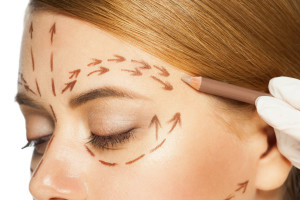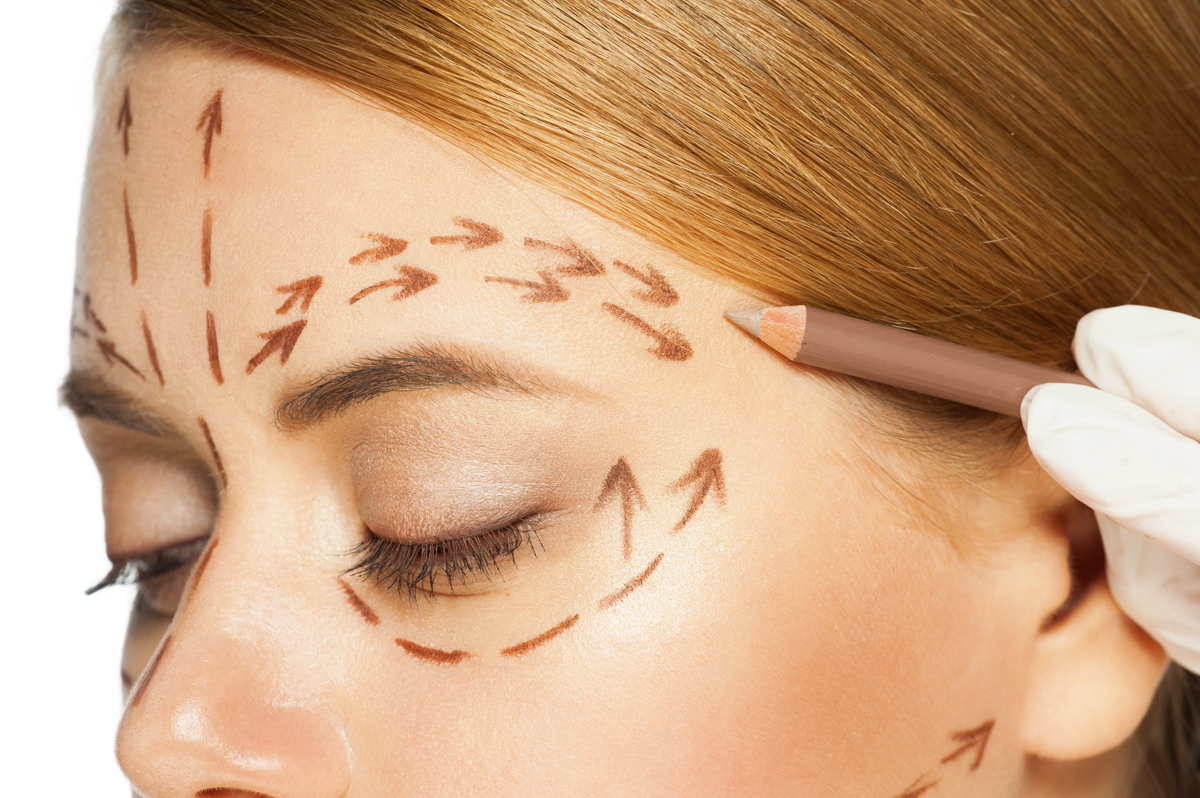 Millions of Botox injections are performed across the world every year, with over a 97% satisfaction rate. Despite the buzz surrounding Botox, there lay many misconceptions, urban legends and myths. Five of the most pervasive and popular myths are detailed below along with the true facts about getting Botox.
Millions of Botox injections are performed across the world every year, with over a 97% satisfaction rate. Despite the buzz surrounding Botox, there lay many misconceptions, urban legends and myths. Five of the most pervasive and popular myths are detailed below along with the true facts about getting Botox.
“A Frozen look”
A common concern amongst patients is that with Botox they will get a “frozen look” making their faces devoid of natural facial expressions.
Botox administration is an art as much as it is a science! When done by a highly trained, super-specialist, like Dr. Mirwat Sami of Houston Oculofacial Plastic Surgery, with an extensive knowledge of facial muscle anatomy, Botox actually can enhance expressions rather than “freeze” them out. The right amount of Botox administered at the right places softens facial lines and wrinkles and makes you appear more rested and refreshed, WITHOUT taking away expression lines. Here at Houston Oculofacial Plastic Surgery, we are not fans of the “done” look!
Pain
Every patient’s threshold for pain is different, but most people report minimal discomfort. Our patients compare the sensation of the injections to a small pinch, many ranking it 2 on a 10-point pain scale, lasting for a few seconds. Known fondly as the ‘gentle injector’ amongst her patients, Dr. Sami uses a very small needle, and even without use of any type of numbing, patients are pleasantly surprised regarding how little discomfort they experience!
The bottom line is that with an experienced injector and the right kind of needle, pain associated with Botox injections is minimal to completely non-existent and is totally manageable. That is why Botox is often referred to as the “lunchtime injection” because it’s a quick procedure with little to no downtime, with patients returning to work right after the treatment.
Are Botox and Dermal Fillers the same?
Botox and Dermal Fillers both lessen the appearance of wrinkles. However, they do it in totally different ways. In fact, when used correctly and thoughtfully, these treatments complement each other in helping patients achieve the rested and refreshed, youthful look they seek.
Botox is used to treat dynamic wrinkles, or “movement wrinkles” by relaxing the muscles that create them. Dermal Fillers, also known as volume enhancers, are better at treating static wrinkles or, deeper “wrinkles at rest” by restoring and adding volume to facial tissue.
Botox can only be used to treat wrinkles…
Dr. Sami is one of the handful and premier Oculoplastic Surgeons in Houston, Texas, and as such has perfected the art of Botox injections. “I enjoy doing Botox injections and actually use it in so many different ways to enhance facial aesthetics for my patients, not just treating lines and wrinkles,” says Dr Sami.
According to Dr. Sami, Botox can be used to change the shape of the brows, creating symmetry in otherwise asymmetric brows. It can be used to decrease marionette lines and thus lift the corners of the mouth for a more youthful look. It can also be used in jaw lines to soften heavy jaws and create a sleeker silhouette in the lower face. Dr. Sami also likes using Botox to give a lift to the brows thus reducing the heaviness some patients have in the upper eyelids and creating a more open look to the eyes.
“Botox is not a commodity and all Botox treatments are not created equal! The results depend heavily on the injector and the thought put into the injection patterns. The injector must have the proper medical training and intimate knowledge of the various facial muscle groups, their anatomy and functions to provide the best possible results for the patients” says Dr. Sami. This is why, at Houston Oculofacial Plastic Surgery; all injections are done by Dr. Sami herself, as compared to medispas and other aesthetic practices.
Safety
One of the biggest Botox myths is about its safety profile. Botox was first FDA-approved in the 1980s to treat a variety of medical conditions. In 2002 Botox was FDA-approved for the cosmetic treatment of facial wrinkles. With nearly 30 years of use for a range of different conditions, Botox has a long and well-established safety history. It remains one of the most widely studied and researched medical aesthetic products on the market. The safety and versatility of Botox is one of its biggest appeals.


